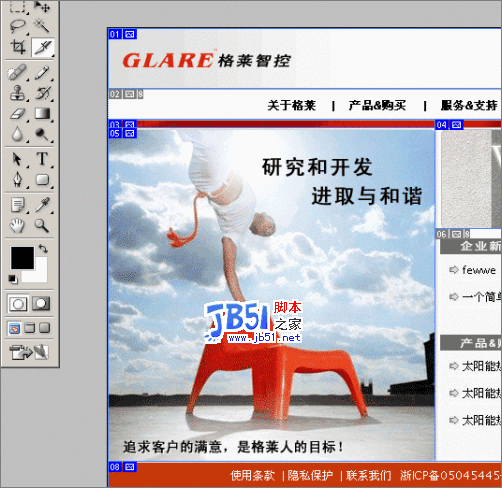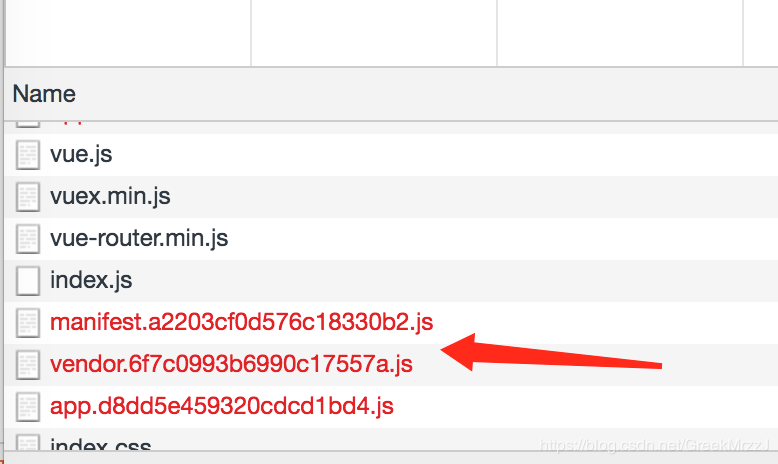css 不定宽高的元素居中布局解决方案
1. 水平居中

公共代码:
html:
parent
child
css:
html, body {
margin: 0;
width: 100%;
height: 100%;
.parent {
width: 100%;
height: 100%;
background: #fac3fa;
.child {
width: 50%;
height: 50%;
background: #fe9d38;
}
}
}
方案一: text-align(父) + inline-block(子)
代码:
css:
.parent {
text-align: center;
.child {
display: inline-block;
}
}
方案二: 块级元素 + margin: 0 auto;
.child {
display: block; // 非块级元素时设置
margin: 0 auto;
}
方案三: absolute + transform
.parent {
position: absolute;
left: 50%;
transform: translateX(-50%);
}
方案四: flex
注: 由于使用flex的关系, 这里去掉了 parent 和
.parent {
display: flex;
justify-content: center;
}
2. 垂直居中

公共代码:
html:
css:
html, body {
margin: 0;
width: 100%;
height: 100%;
}
.parent {
display: table-cell;
width: 800px;
height: 500px;
background: #fac3fa;
.child {
width: 50%;
height: 50%;
background: #fe9d38;
}
}
方案一: table-cell(父) + vertical-align(子)
.parent {
display: table-cell;
vertical-align: middle;
}
方案二: absolute + transform
.parent {
position: relative;
.child {
position: absolute;
top: 50%;
transform: translateY(-50%);
}
}
方案三: flex
.parent {
display: flex;
align-items: center;
}
3. 水平垂直居中

公共代码同[垂直居中]
常用方案一: absolute + transform
.parent {
position: relative;
.child {
position: absolute;
top: 50%;
left: 50%;
transform: translate(-50%, -50%);
}
}
常用方案二: flex
.parent {
display: flex;
align-items: center;
justify-content: center;
}
以上就是本文的全部内容,希望对大家的学习有所帮助,也希望大家多多支持潘少俊衡。
版权声明
本文仅代表作者观点,不代表本站立场。
本文系作者授权发表,未经许可,不得转载。
本文地址:/web/CSS/74643.html












